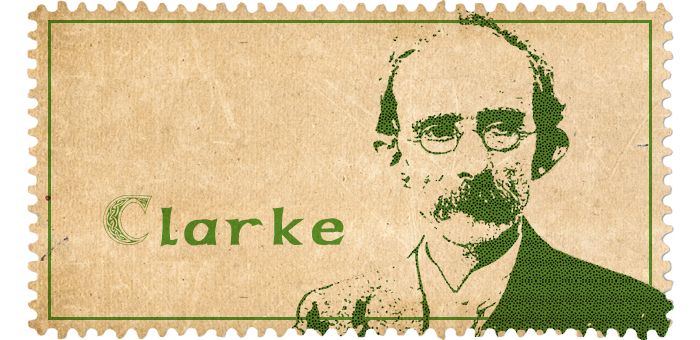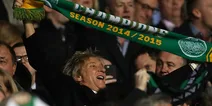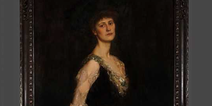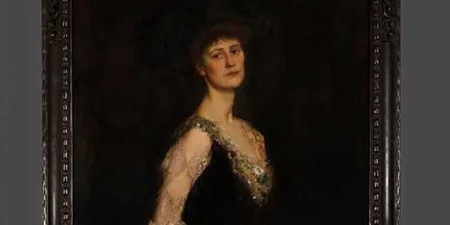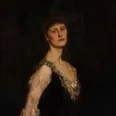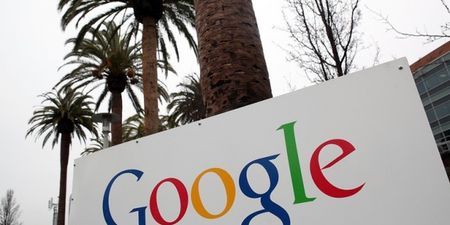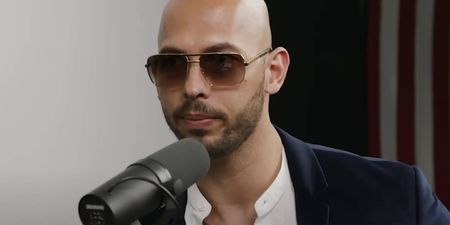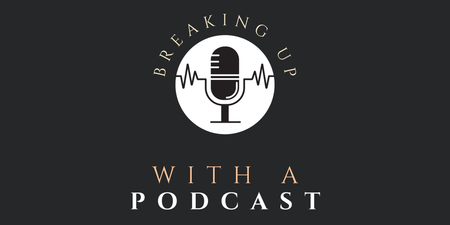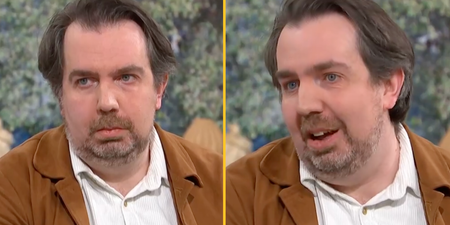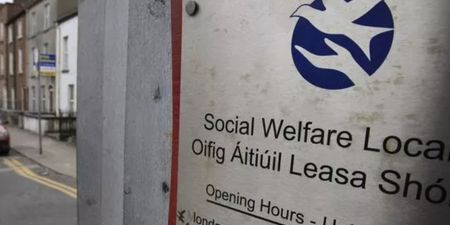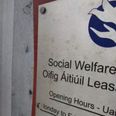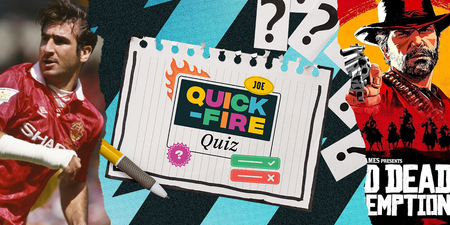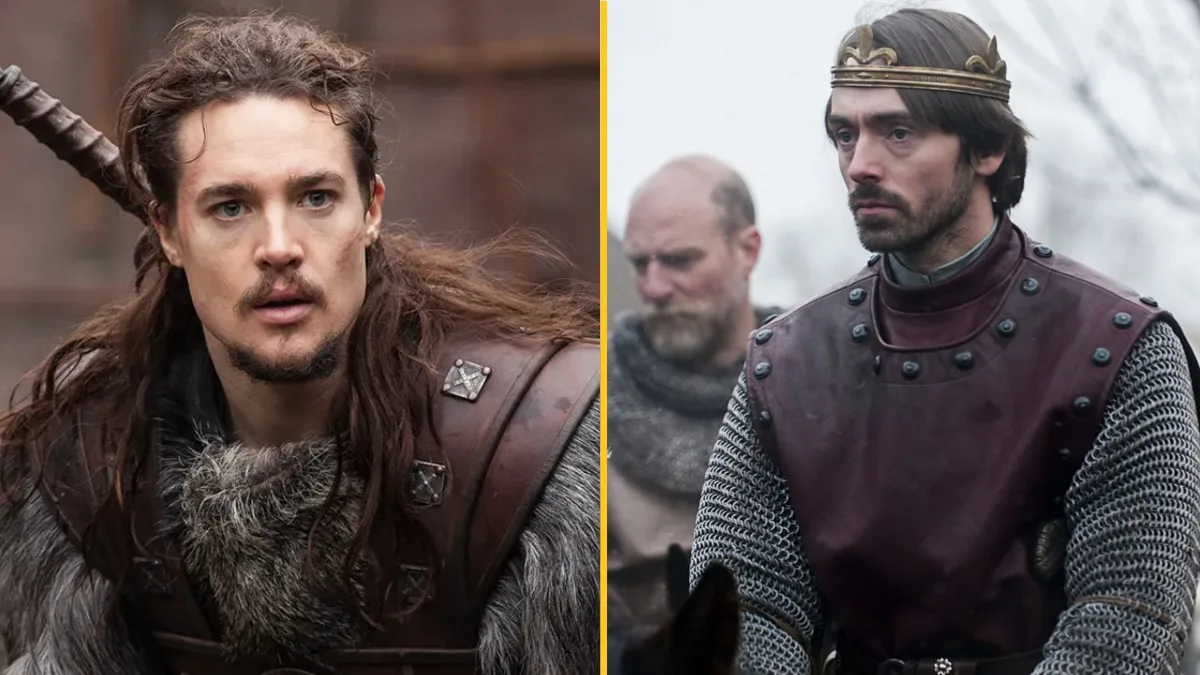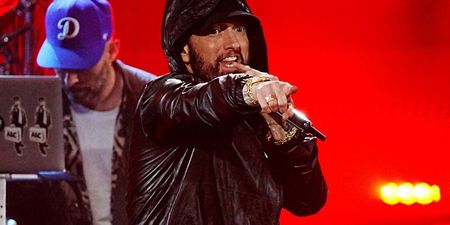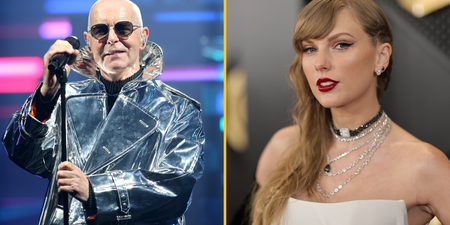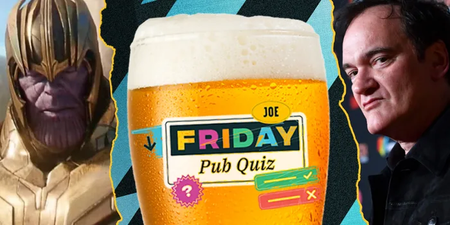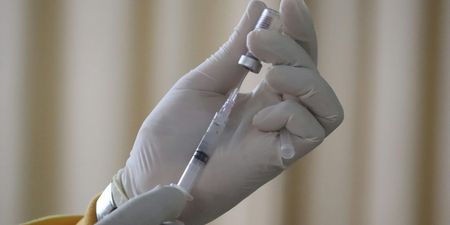Arguably the biggest influence on the events of Easter 1916.
“I and my fellow signatories believe we have struck the first successful blow for Irish freedom. The next blow, which we have no doubt Ireland will strike, will win through. In this belief, we die happy.” – Thomas Clarke.

via Ireland.ie
1. The early years. He was born in 1857 in Tipperary to an Irish protestant father, the British Army bombardier James Clarke, and an Irish catholic mother, Mary Palmer. His parents would marry two months after Tom’s birth and go on to have two girls and another boy.
2. He spent a lot of his childhood in South Africa. However, his father was transferred to Dungannon in County Tyrone when Tom was seven-years-old and that is where he spent his childhood.
3. He was 20 when he joined the Irish Republican Brotherhood. Clarke quickly rose to a prominent role in the organisation, becoming head of the local IRB circle after a visit to Dungannon by the Fenian John Daly. After leading a revenge attack against a member of the Royal Irish Constabulary, Clarke escaped custody and fled to the United States, where he would join Clan na Gael and plan campaigns in the name of Irish separatism.
4. He was captured. After a bombing campaign in the UK in 1883, Clarke was captured and would spend the next 15 years doing hard labour in English jails. Clarke would write about this time in his memoir Glimpses of an Irish felon’s prison life.
5. He married the niece of the man who introduced him into the IRB. When Clarke was finally released in 1898, he moved back to the United States, to Brooklyn, where he married Kathleen Daly. Kathleen was the niece of John Daly, who had persuaded Clarke to join the IRB twenty years earlier, and she was 21 years his junior. They would remain in New York until 1907.
6. His return to Dublin would be the spark that lead to the Rising, nine years later. Tom and Kathleen would return to Ireland in 1907 to open a tobacconist shop, with Tom immersing himself in reforming the IRB along with his protegé Sean Mac Diarmada, Bulmer Hobson and Denis McCullough. Clarke would found the IRB’s newspaper Irish Freedom, and became the link between Clan na Gael in the U.S. and the IRB back home.
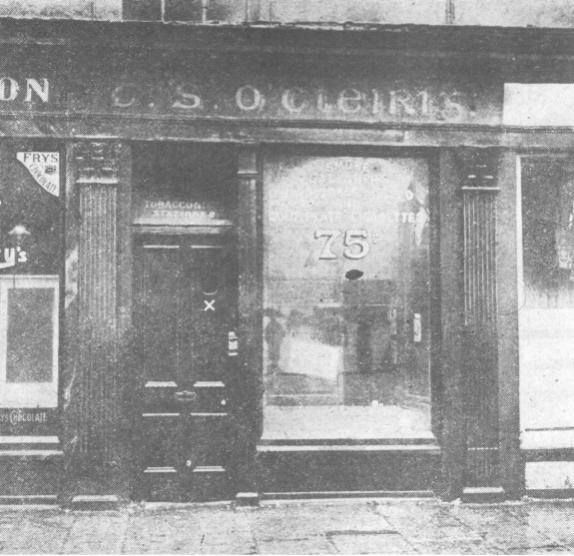
Clarke’s shop on Parnell Street (comeheretome.com)
7. 1913 was a pivotal year. This was the year that the Irish Volunteers came into being. Although Clarke stood back – he was a convicted felon and knew his membership would discredit the new organisation – he took a keen interest in seeing the likes of Hobson, Mac Diarmada and Eamonn Ceannt assume important roles.
He was particularly close to Hobson but their friendship fell apart when the younger man voted for nominees in the Irish Parliamentary Party, led by John Redmond, to be accepted on to the provisional committee of the Volunteers.
8. He and Mac Diarmada took control of the IRB. Clarke and Mac Diarmada became closer than ever and, as treasurer and secretary of the IRB, they would go on to form the Military Committee of the IRB in 1915 and start planning the Rising, bringing in James Connolly and the Irish Citizen Army in January 1916 and Thomas MacDonagh at the last minute in April 1916.
During the Rising itself, Clarke would be stationed at the G.P.O. Although he had no formal military rank he was recognised by the garrison as one of the commanders. Following the surrender on 29 April, Clarke was held at Kilmainham Gaol and executed on 3 May.
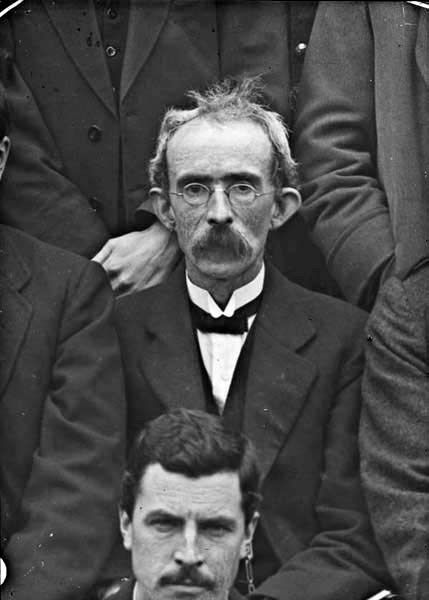
via National Library of Ireland
9. ‘The man who made the Rising.’ Seán T. O’Kelly, the second President of Ireland, said: ‘If any one man could be said to be responsible for the inspiration of Easter Week, or for the carrying through of the resolution to revolt—credit for that must be given to Tom Clarke. Clarke can truthfully be described as the man, above all others, who made the Easter Rising. He, it was, who inspired it originally, and he, it was, who, in broad outline, laid the plans.’
10. Commemorations. Thomas Clarke Tower in Ballymun was named after him, with the top floor used a short-stay hotel before its demolition in 2008. Clarke Train Station in Dundalk was also named for him. There’s a commemorative plaque for Clarke on the corner of Parnell Street – where he had his shop – and O’Connell Street, home of the G.P.O.
Previously in this series
LISTEN: You Must Be Jokin’ with Aideen McQueen – Faith healers, Coolock craic and Gigging as Gaeilge
